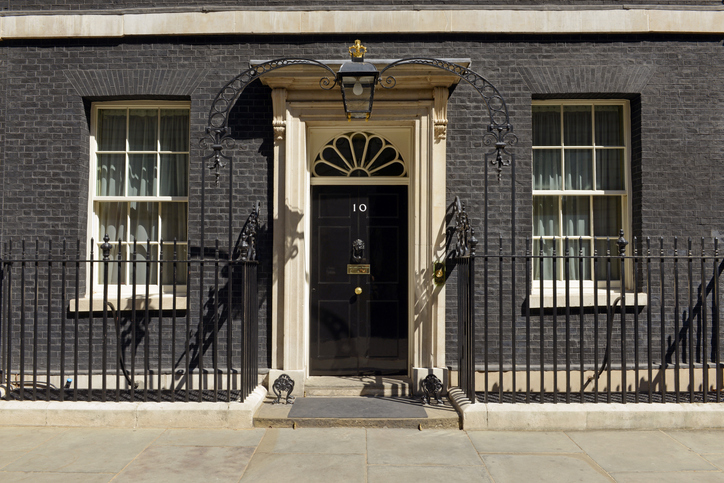The ownership structure of a company is a complex issue that needs to take into account the interests of a number of parties. Many SMEs fail to consider the importance of this structure when establishing their business, which can lead to issues further down the line, particularly as shareholders’ priorities change.
Whatever the size of your company, it is important to establish a clear and organised ownership structure within your business to ensure each party understands their responsibilities and level of involvement when it comes to making decisions.
Failure to consider how shareholdings should be structured can lead to problems in the event of a disagreement between shareholders. Here, we explain the different ways of structuring shareholders and directors.
Who can be a shareholder?
Any person or corporate body can be a shareholder of a private company. You need at least one shareholder to incorporate a private company limited by shares, while there is no maximum number of shareholders a company can have.
What does a shareholder do?
Shareholders own shares in a company, which usually means they receive a share of profits and a capital payment if the business is sold. They do not have responsibilities when it comes to the day-to-day running of the business unless they are also directors or employees.
Is a shareholder the same as a director?
No. A shareholder owns a company through the purchasing of shares, whereas a director is appointed by the shareholders to manage the business of a company. A shareholder can also be a director, which is very common among small businesses. In some cases, one person will assume the role of sole shareholder and sole director.
What are the different types of shares in a limited company?
In businesses with several shareholders who have each invested various amounts of time and money, different types of shares can be allocated with different ownership, conditions and rights attached to them. These are usually:
- Ordinary shares
- Non-voting shares
- Preference shares
- Redeemable shares
Can there be different classes of ordinary shares?
A business can create many different classes or designations of ordinary shares, which are often identified by letters of the alphabet and are referred to as ‘alphabet shares’. The different classes can help to determine shareholders:
- Entitlement to dividends
- Entitlement to vote
- Entitlement to capital on winding up/disposal
Why are different types of shares needed?
In a limited company, the use of different classes of shares enables them to be weighted in terms of what they can do for the owner. For example, in some cases, they can help gain the most tax-efficient return in the form of a dividend while keeping the voting rights with the directors.
There isn’t a set type of share that must be used and, in most cases, ordinary shares are issued by small companies, which have full rights to dividends, voting rights at meetings and the right to the distribution of the company’s assets in the event of a sale.
This type of structure is beneficial for smaller companies with few shareholders, or where shareholders fall into distinctive camps: for example, a business with three groups of shareholders, one consisting of the company’s founders, one consisting of investors and another containing employees who have been given shares as part of a reward package. In this type of company, the motivation of each group will be different.
Using this method, one class could be given full rights whereas another can have rights to dividends and a share of any sale price, but no voting rights.
This option might be beneficial for employee-shareholders. Investors could require rights to dividends and sale proceeds and say on an overall strategy, but are content for most decisions to be made by the founders.
Altering rights attached to shares requires careful planning and drafting by a specialist and experienced legal adviser.
Using a shareholders’ agreement
Another way to structure a shareholding is through the creation of a shareholders’ agreement, which for instance could state that more than a simple majority is needed to make certain decisions or that some decisions require the agreement of particular named shareholders.
Shareholder agreements can set out the procedure that should be followed in the event the shareholders are deadlocked in a big decision, which could prevent a debilitating stalemate from arising. The legally binding document can also place restrictions on the right to sell shares, either to protect other shareholders or to prevent the shares from being sold to a party that may not be in the best interests of the business.
Restructuring the board
At the same time as considering how the shareholding of a business should be structured, it is important to give the same level of thought to the board of directors, with particular focus on what should happen in the event of a deadlock.
One possibility is to appoint a permanent chairperson who has a casting vote. Another is to direct that certain decisions can only be made via the shareholders or can be delegated to a particular director or committee of directors. If particular tasks are delegated to a director or committee of directors, then it should be agreed on how often they should report to the full board as it is important that all directors are well informed of events within the business.
Every company is different, and there are many ways in which to structure a shareholding or a board of directors. The most important thing to consider is always the needs of the business, particularly when there are likely to be competing groups of shareholders with different interests.
Stephen Newman is head of corporate at Ramsdens Solicitors





